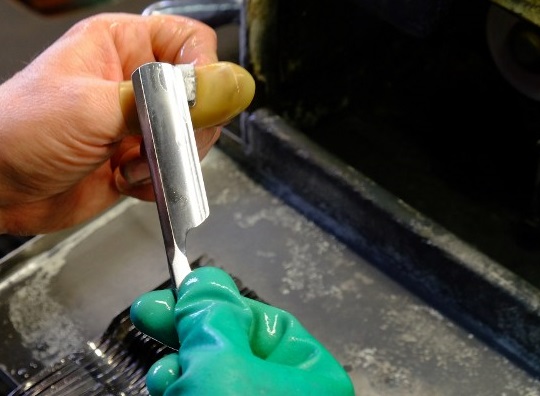
PARIS, France — People who shave, wax, or trim their pubic hair are at higher risk of sexually-transmitted diseases (STDs), but less likely to get lice, a study suggested on Tuesday.
A survey of more than 7,500 Americans aged 18 to 65, found that pubic groomers had an 80 percent higher STD risk than people who leave their nether regions hairy.
For certain infections, including herpes and chlamydia, the risk was highest among those who groomed most frequently and “intensely”, the researchers found.
Sharing tools such as razors may also be a risk, they said, citing a case of HIV transmission between brothers using the same blade.
The study merely observed a correlation between grooming and STDs, and cannot conclude that one causes the other.
But the authors speculated that shaving or waxing may cause “microtears” in the skin, creating easy access for viruses.
Sharing tools such as razors may also be a risk, they said, citing a case of HIV transmission between brothers using the same blade.
“As a third possible explanation for our findings, individuals who groom may be more likely to engage in risky sexual behaviors than those who do not groom,” said the study published in the journal Sexually Transmitted Infections.
Pubic hair grooming, it explained, “is correlated with an increased number of lifetime sexual partners and is viewed as a preparatory act to sexual engagement”.
Pubic hair grooming, it explained, “is correlated with an increased number of lifetime sexual partners and is viewed as a preparatory act to sexual engagement”.
For the research, 7,580 people completed a questionnaire on their intimate hair-control, sex lives and STD history.
Seventy-four percent of respondents were pubic hair groomers — 66 percent of men and 84 percent of women.
The trial participants were divided into “extreme groomers” who removed all pubic hair more than 11 times a year, high-frequency groomers who trimmed daily or weekly, low-frequency groomers, and non-groomers.
‘Genital normalcy’?
The main methods used were razors, scissors and wax. Men mostly used an electric razor and women a manual one.
One in five of both genders used scissors.
Groomers, the study found, were younger overall and reported a larger number of annual and total lifetime sexual partners — even more so for extreme groomers.
They also had more frequent weekly and daily sex than people who prefer to go “au naturel” down there.
A greater proportion of groomers, 14 percent, reported having had an STD during their lifetime, than non-groomers at eight percent, the study found.
For extreme groomers, the percentage was 18 percent.
STDs included herpes, syphilis, human papillomavirus (HPV), chlamydia, HIV, gonorrhea and a skin virus called Molluscum contagiosum, or MCV.
Such infections can have serious long-term consequences such as infertility, certain cancers and higher rates of HIV transmission.
On the other end of the spectrum, the team found, low-intensity groomers had a higher risk of pubic lice infestation.
This suggested “grooming might make it harder for lice to breed successfully,” the team said in a statement.
Better understanding the relationship between pubic hair grooming and STDs may help single out “high-risk individuals” for safe-sex education, the team said.
They may also be advised to dehair less frequently or severely, or to delay sex after grooming to allow time for the skin to heal.
Pubic hair grooming has become a common phenomenon worldwide, with popular media changing people’s definition of attractiveness, cleanliness and “genital normalcy”, said the study. CBB








































